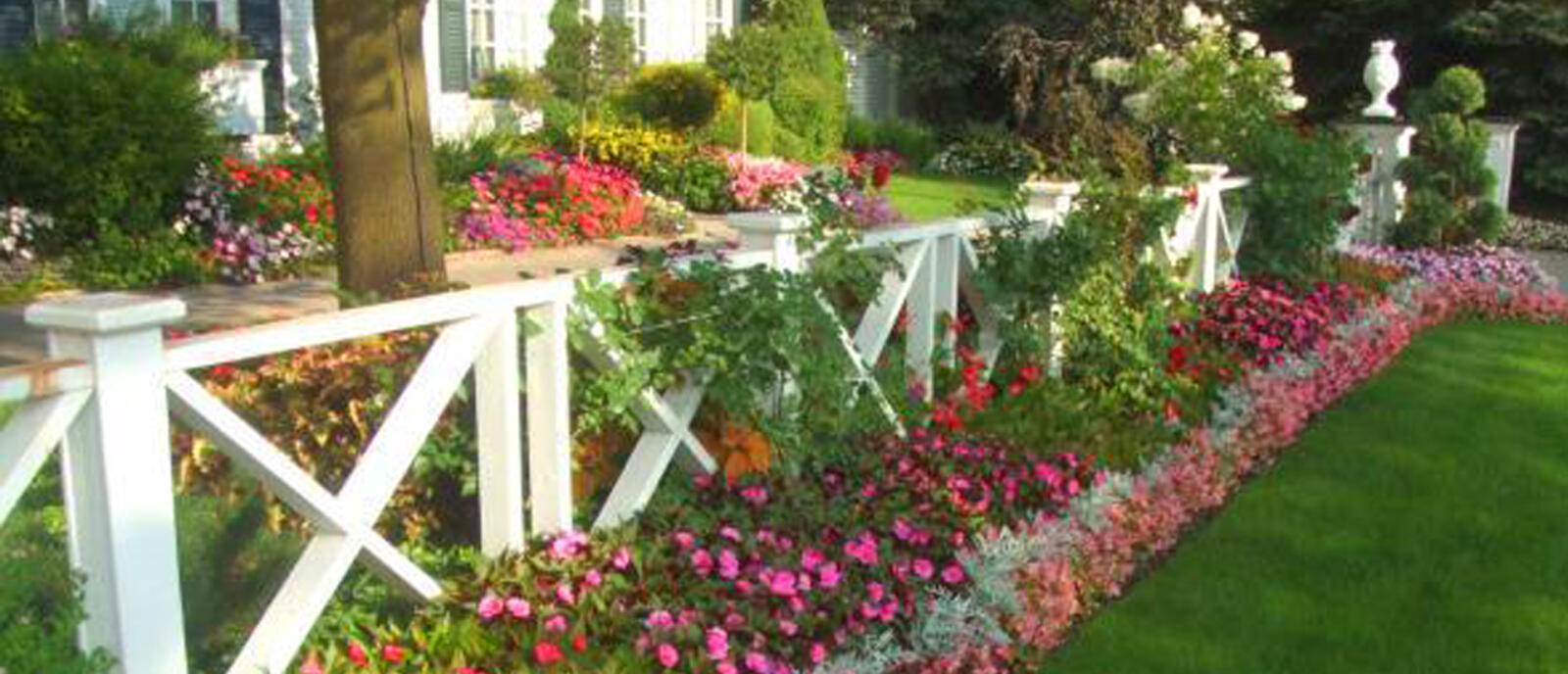
Summer Planting - YES
OK – so it has been quite the summer – an odd combination of hot; then wet; then dry... but according to the calendar, it is the start of August so summer it must be! 
We mentioned before that summer is a fine time to plant shrubs and trees. In the ‘good old days’ we used to only work with dormant nursery stock – so planting was only done in early spring or late fall. Then we moved to using burlap to wrap around the root balls - affectionately called in the trade a B&B for ‘balled & burlaped’ (and you thought B&B was bed & breakfast – silly you). Along came plastic pots and now many shrubs and trees are grown in containers that can be planted anytime of year – so summer is officially now a great time to plant.
As always though there are a few tricks/hints to watch out for as you plant summer plants – so lets begin with lecture 47 in a series... drum roll please – “Tips on planting in summer”…
Starting at the most basic – planting in summer is not that different than planting in spring. But there are a few bits to highlight so that you have the most possible success and the topics of water and plant food are top of the list.
Summer Planting Tip #1
Plant food when planting in summer – ‘less is more’…Normally we are huge fans of lots of plant food. We like to use time-release plant foods; we like liquid plant foods (a lot); we like ‘transplant’ foods; we like microbial foods like MYKE and we like organic based plant food. If it says “food” – we like it. A typical plant food diet for spring planted plants would be a transplant food to get the roots going followed by regular doses of a more balanced plant food to push the top of the plant to grow. BUT – in late summer plantings – we get more conservative with plant food and here is why – we do want root growth – but we do not want to push too much ‘top’ growth. Said differently, we do not want the plants to be too ‘tender’ as they head into winter.
Our Summer Solution is simple – only use a ‘transplant’ plant food as you plant your summer planted shrubs/trees. Most ‘transplant’ foods are low first number and high middle number – low nitrogen and high phosphorous – so we avoid issue of too much nitrogen. Use the transplant food when you plant and then stop feeding till next spring.
Summer Planting Tip #2
Water wicking. Not sure that the phrase ‘water wicking’ is proper English and will admit that it is hard to say out loud without a trying to make up a new tongue twister…(wasteful water wicking wisteria wants windy window boxes) – but watering a newly planted shrub in heat of summer has a few challenges. First and foremost is that you need to make sure you plant the soil line of the root ball to the same level as the soil line in your garden. We often see plants that are planted a tad too high – so that plant root ball has a cm or so of exposed soil – and this cause the root-ball to draw water out of the ground using capillary action (we would rather say ‘wicking’ as capillary is way too science J) and dry out the roots. Drying out the root-ball is bad! Planting the root-ball too deep is bad too – that can help drown the roots – but we too often see plants that are planted too high. Remember - level is good.
Water wicking issue part ‘b’ is the pot or burlap problem. If you are planting a balled & burlaped tree or shrub – and there is burlap showing above the soil line – the exposed burlap will wick water away from the roots – that is bad too. Make sure you untie or cut the burlap from around the tee stem and fold it back to be below the soil line. Many plants come in paper based fiber pots – which allow you to plant ‘pot’ and all. But like the burlap, make sure none of the fiber is sticking out above the soil line as it will ‘wick’ out the water and damage the roots.
• Landscape Care
Photo credit & 45th Annual Maintenance Program Award Winners: Shades of Summer Landscaping and Maintenance
